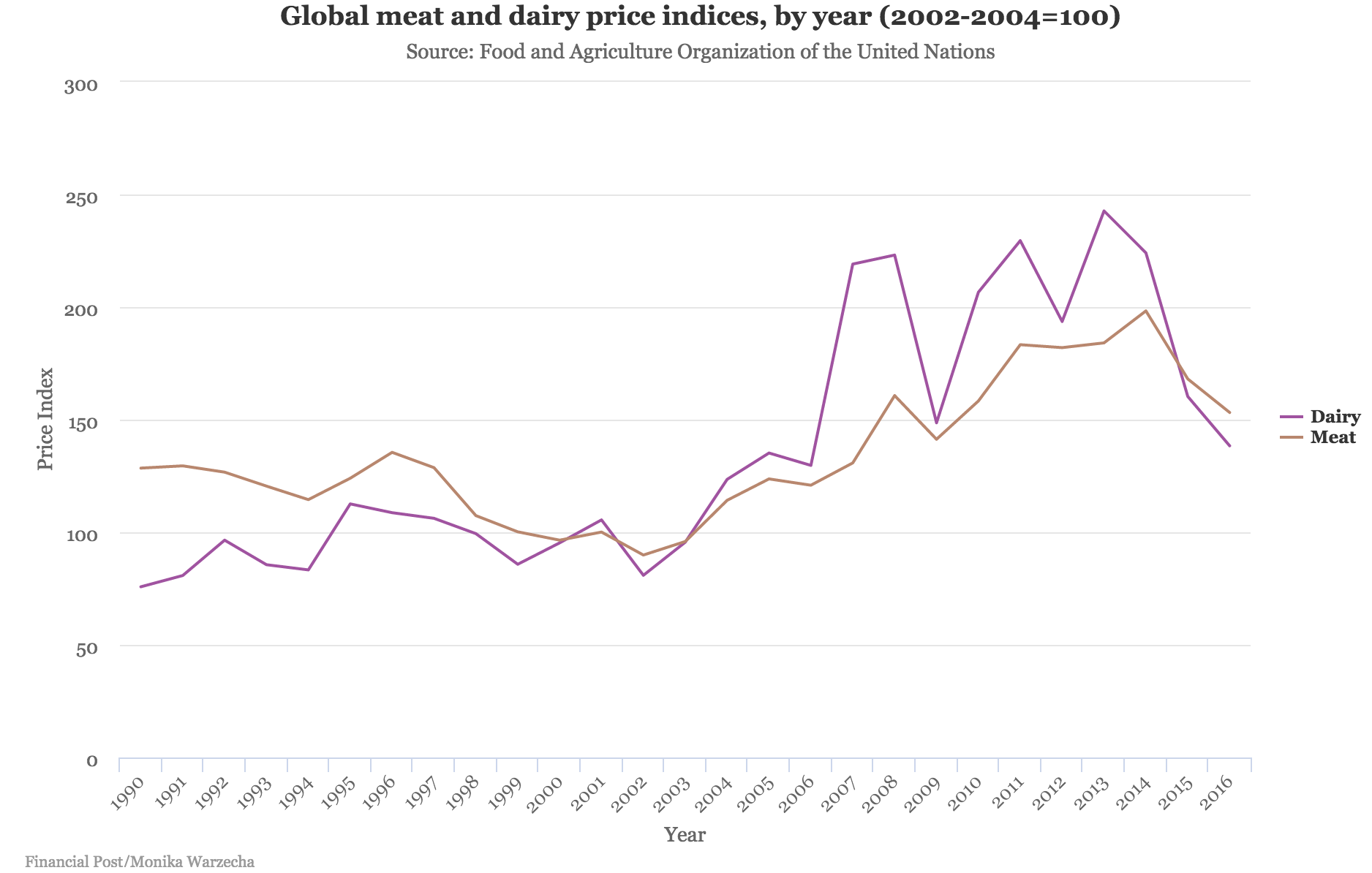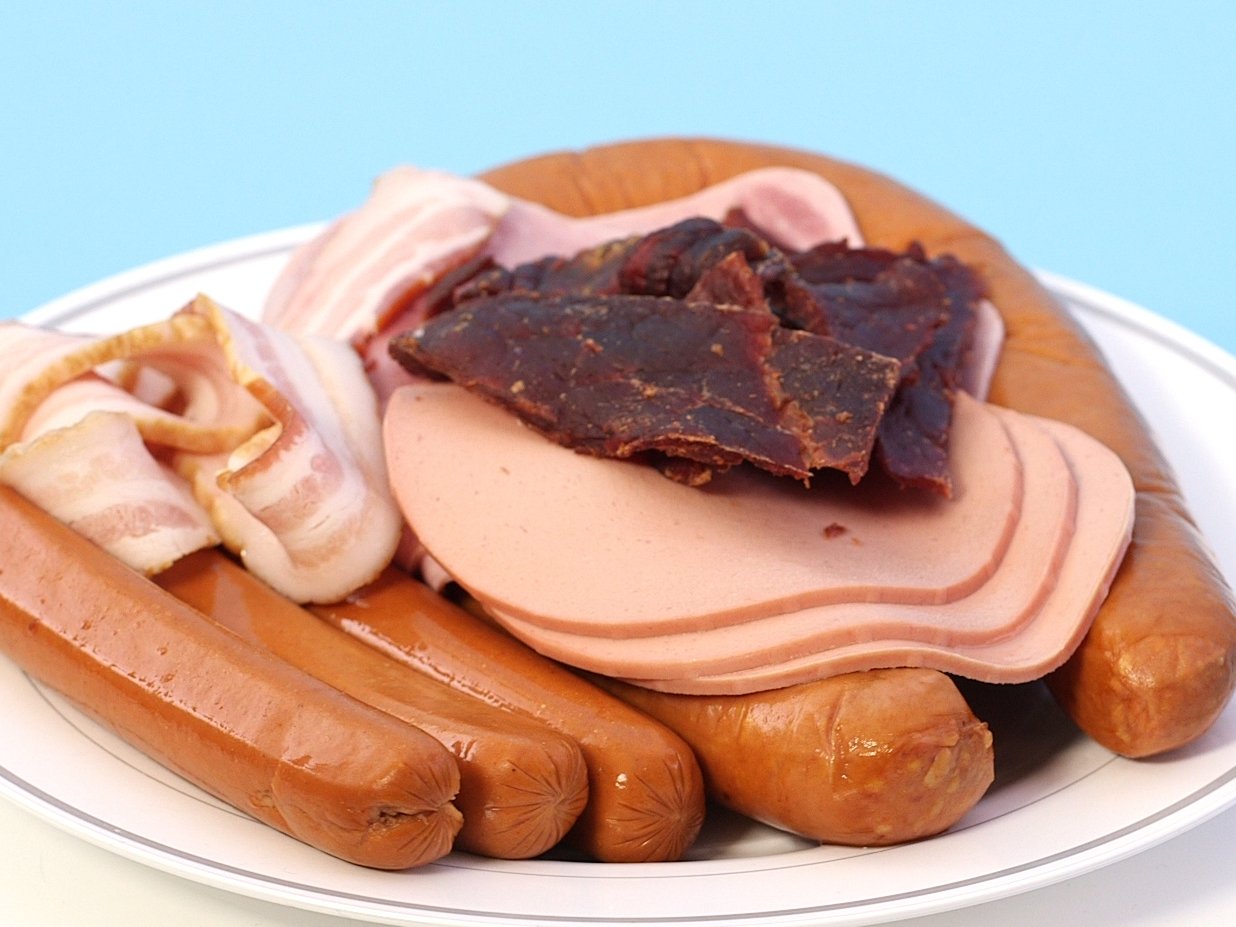One of my classmates Kristin Kwon has mentioned the meatless meat in her blog. As she described in her blog, the plant-made “Impossible Burger” shares exactly the same smell and visual appearance with the real meat. Moreover, this meatless meat targets a wider customer market which includes both the meat-lovers and vegetarians. The meatless meat uses heme as its main ingredient which is healthy and economical. In her perspective, meatless meat owns a competitive advantage and the appearance of it not only saves a lot of space for production but also promotes the market to consumer fewer cows. I totally agree her points and meanwhile, I have some add-on points to her idea.
First and foremost, the Impossible Burger creates less pollution to the environment which greatly alleviates the environmental problem. As the article mentioned that “The company claims that its burger uses 95 percent less land, 74 percent less water and emits 87 percent fewer greenhouse gas emissions than its cattle-derived counterpart.” the production of real meat involves several serious problems like the air emitted by cows induces climate change and the industrial animal farming land uses large areas which waste natural resources like trees and waters. Impossible Burger is owning a competitive advantage in producing the meatless meat as it performs a lower cost and less negative effects to the environment. The competitive advantage helps it to survive in the fierce market and minimizes the overall cost which means that the company is now able to produce at a lower cost with the highest efficiency and maximized profits.
Moreover, Impossible Burger has a potential chance to expand its’ food supply from meatless beef to meatless chicken, meatless pork, meatless lamb which provides the company ability to target new customer segments. Back to the value proposition, as customer concerns merely whether it is delicious and nutritious, the value proposition doesn’t contain whether it is made from animals or not. Except for the beef, as the article mentioned that the company can choose to “make a chicken breast derived from pea powder and organic soy”, creating chicken meat with new plant-based ingredients expands the new market and strengthens customer relationships.
 All in all, meatless meat has a bright prospect as it is producing at a lower cost, less production which fits the environmental protection concept. This brings it a competitive advantage to keep a foothold in the competitive market. Besides, it faces potential opportunities to exploit the market to different meatless meat type so as to accord with various demand in the market.
All in all, meatless meat has a bright prospect as it is producing at a lower cost, less production which fits the environmental protection concept. This brings it a competitive advantage to keep a foothold in the competitive market. Besides, it faces potential opportunities to exploit the market to different meatless meat type so as to accord with various demand in the market.
Word Count:423
References:
http://www.triplepundit.com/2016/08/impossible-foods-vegan-bloody-burger-hits-nyc-food-scene/
http://www.vox.com/2016/7/7/12106708/impossible-foods-ezra-klein-show
http://www.wsj.com/articles/the-impossible-burger-is-ready-for-its-meatless-close-up-1465912323
http://www.businessinsider.com/secret-ingredient-impossible-foods-burger-2016-7
http://www.cnbc.com/2016/07/29/impossible-burger-our-test-tube-meat-tastes-great.html